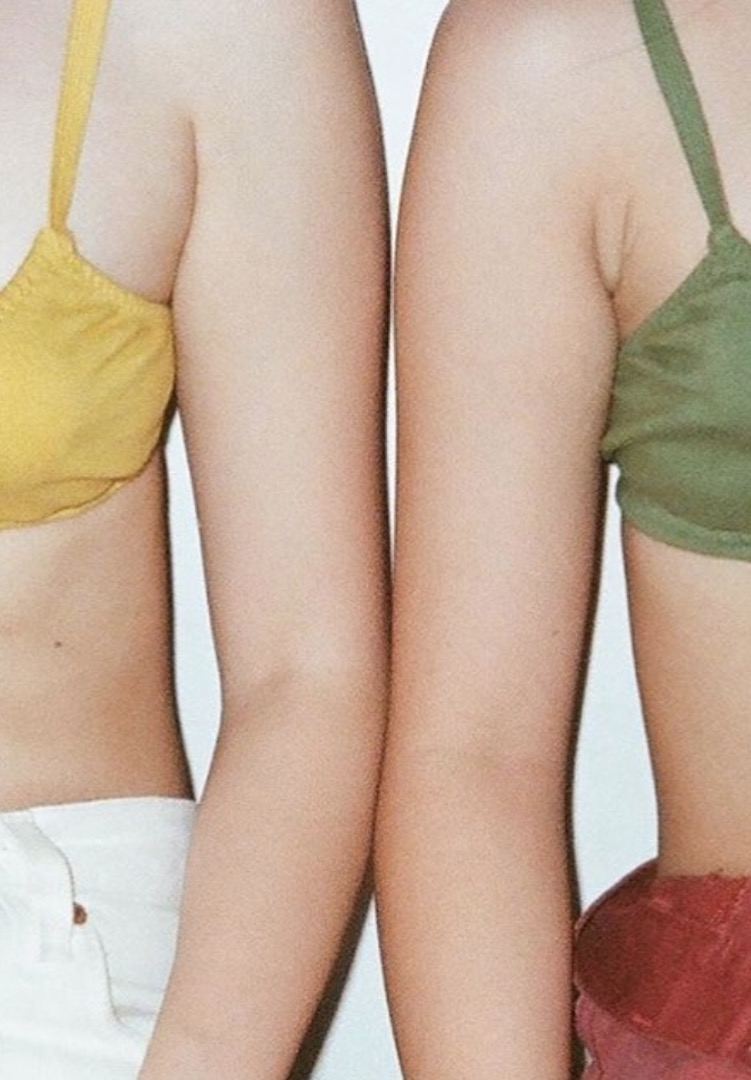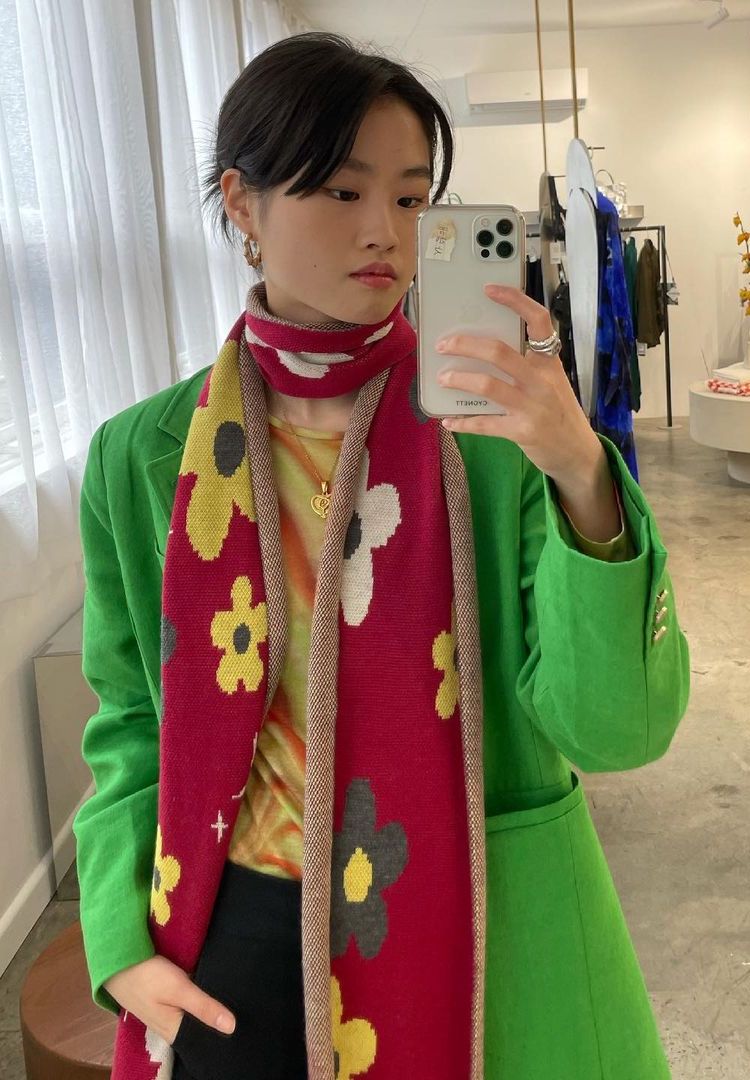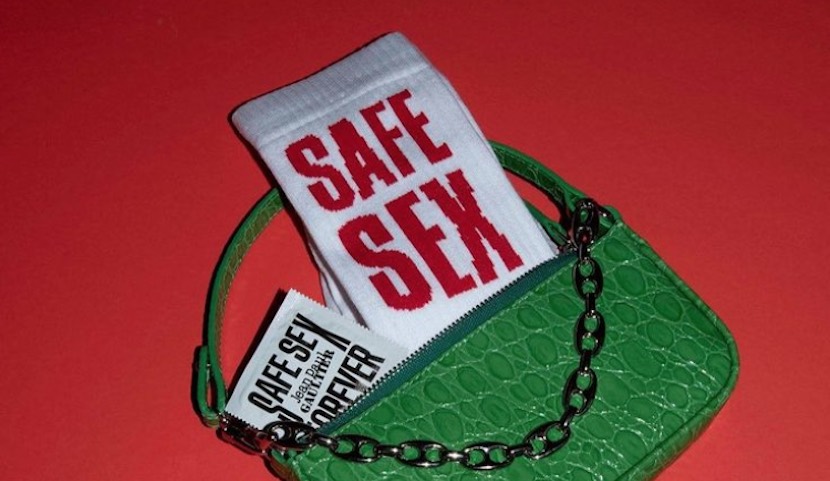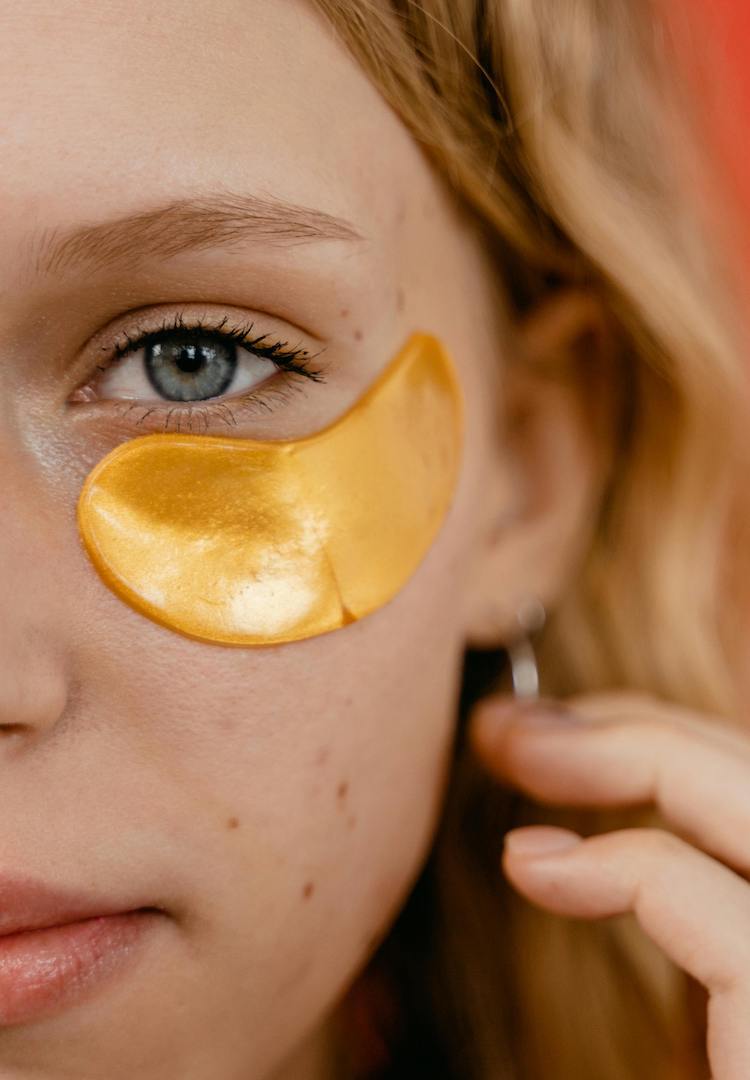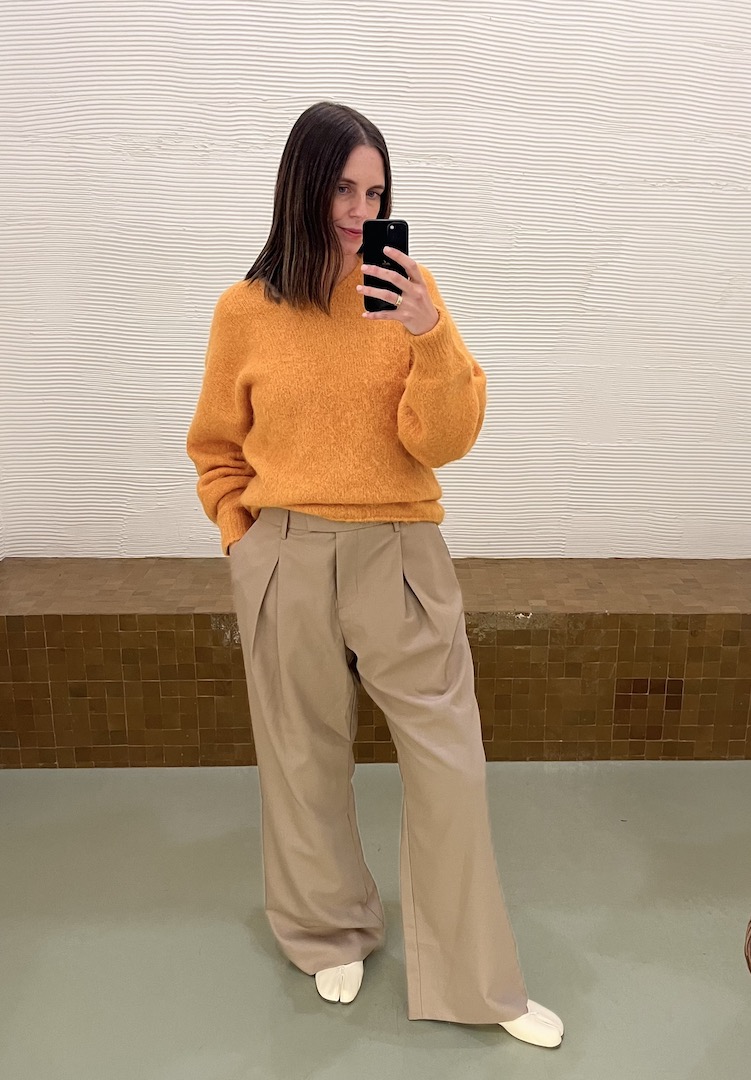What is a fetish and why are they so often perceived as being ‘weird’?
IMAGE VIA @BYFAR_OFFICIAL/INSTAGRAM
Words by Evangeline Polymeneas
Let’s get consensually freaky.
I learnt about fetishes the same way I learnt about anything to do with sex: sitting behind the science buildings at high school staring glossy-eyed at one of my friends while she told me everything her older brother had passed on to her.
Back then, the word was usually associated with foot fetishes. Sure, I learnt about Bronies, Furries and vampire/werewolf roleplay from Twitter threads and memes but it was all a joke (right?).
Want to read more about how others navigate the world? Try our Life section.
The veil was only truly lifted when I was sucked into an all too familiar YouTube vortex. After taking in videos like ‘Vines That Cured my Depression’ and ‘How to Survive With no Water for Seven Days’, I was suddenly watching a documentary about ‘pup play’.
Pup play is a type of BDSM roleplaying where people wear puppy masks, collars and tail-shaped butt plugs and pretend to be real dogs. It’s a way for people to explore or fall into submissive or dominant roles in sexual play. Usually, pup play is performed in groups or what the pups refer to as ‘packs’. There are alphas who lead the pack (they are the dominant ones) and the pups (the submissive) and they play in the pack’s ‘kennel’ (wherever they choose to act out this roleplay).
The comment section of the YouTube video was filled with confused viewers, who likely stumbled across the documentary the same way I did. While reading through the various jokes and people expressing their ‘concern over the state of our world’ one comment really stood out to me – user HorrorTaleKILL said, “It actually looks like fun and I can express myself a little better in it!”
While this comment was poorly worded, it made me view the subject matter in a simpler light. Are fetishes just a safe way for people to explore sexually? And if that’s the case, why are they so demonised? Curious to know more, I asked sex coach Georgia Grace for the 411 on fetishes.
“A fetish is basically something that involves arousal, sexual interest or excitement to an object or a specific area or body part that isn’t necessarily the genitals,” Georgia explains. “A commonly known or spoken about fetish is a foot fetish, whereby people experience arousal or sexual excitement when it comes to feet, but really a fetish can be anything. If it exists, there’s probably someone out there who fetishises it: bubble wrap, mandarins, newspapers – you name it!”
It seems simple enough, so why are fetishes often perceived as being weird or strange? “We live in a really sex-negative society and culture and ultimately, when people don’t understand or can’t relate to something it is deemed as inappropriate or taboo,” Georgia says.
“A lot of people associate [fetish] with just being latex or feet and because [other fetishes] don’t fit with the idea of sex being the straight and narrow of two people in a monogamous, loving relationship having sex, some people can’t understand it. The lack of education, the sex-negative society and culture we live in and also the nuance that is involved in fetishes is [why fetishes] can get a bad rap.”
Georgia explains that while exploring fetishes can be exciting, consent is paramount. “What is okay and exciting and arousing for one person [can be] distressing for the next person and that’s why consent and communication are vital when exploring absolutely anything to do with sex.”
While fetishes can be a healthy way to explore, there is a negative side to the fetish world. Healthy fetishes involve sexual arousal from particular objects or body parts, but when people start to fetishise individuals’ race or body types, things start to teeter into the not so healthy territory. People of colour and people of particular body types have spoken at length about their experiences of fetishisation.
To get a better understanding of this, I spoke to fashion content creator Jillian Arcenz who has experienced fetishisation firsthand. “As a Southeast Asian woman, I constantly see and hear the narrative that we are submissive, accommodating and non-confrontational,” Jillian tells me. “Even the media depicts us this way. There is literally a book called How To Get An Asian Girlfriend written by a White man.”
Jillian was fetishised whenever she used dating apps and matches would regularly message her about how much they “loved Asian women”. “I would also get messages about how exotic I am, which absolutely disgusts me. It’s as if I am some sort of zoo animal that has finally gotten out of its cage,” she tells me.
Jillian is a proud Asian woman but explains that being fetishised makes her feel as though she is “not in control of my narrative… as if I am owned by them. They don’t want to get to know me – they approach me to fulfil their fantasies.”
Georgia emphasises that while fetishes can be fun and arousing to explore, it’s essential that everyone involved is a willing participant. “It becomes an issue if your fetish is causing you or others distress, or if it’s affecting your life or relationships. If so, it may be useful to seek professional support,” she tells me.
If you’re wanting to explore a healthy fetish with your consenting partner or partners, Georgia stresses how important it is to talk about it beforehand. “Maybe you say something like, ‘Hey I’m really interested in this, or I’m curious about exploring this, would you be interested in exploring that with me?’, and ensure you discuss boundaries and consent before and during the experience.”
Georgia concludes by telling me about ‘aftercare’, which is an important component of exploring fetishes. It’s about touching base after the experience to ask your partner or partners how it was for them. This is how you can ensure, in Georgia’s words, “that everyone feels as though it has been a great consensual, informed experience”.
For more information on fetishes, try this.

